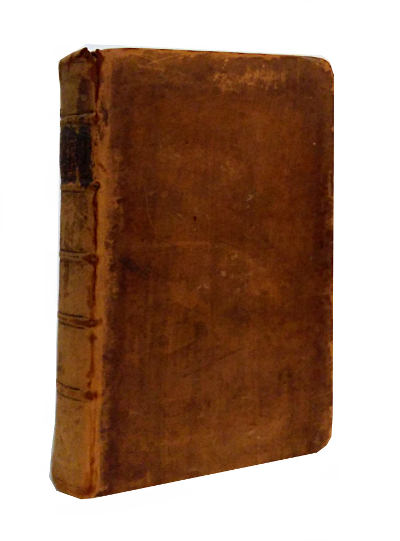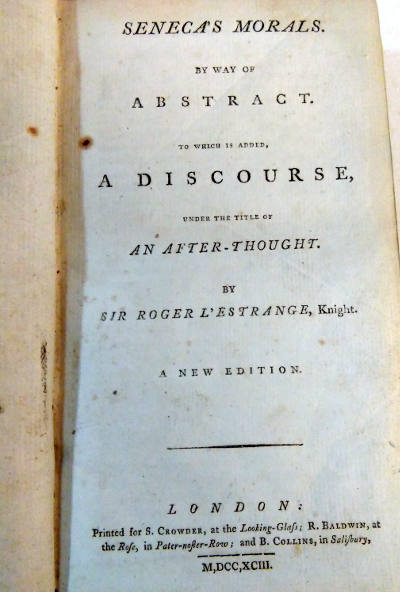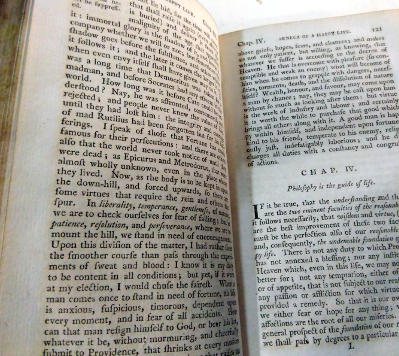Containing Seneca’s:
Of benefits
Of a happy life
Of anger
Epistles
About Seneca (from Wikipedia):
Seneca the Younger (c. 4 BC – AD 65) was a Roman Stoic philosopher, statesman, dramatist, and—in one work—satirist of the Silver Age of Latin literature.
As a writer Seneca is known for his philosophical works, and for his plays, which are all tragedies. His prose works include a dozen essays and one hundred twenty-four letters dealing with moral issues. These writings constitute one of the most important bodies of primary material for ancient Stoicism. As a tragedian, he is best known for plays such as his Medea, Thyestes, and Phaedra. Seneca’s influence on later generations is immense—during the Renaissance he was “a sage admired and venerated as an oracle of moral, even of Christian edification; a master of literary style and a model [for] dramatic art.”
About Roger L’Estrange (from Wikipedia):
Sir Roger L’Estrange (17 December 1616 – 11 December 1704[1]) was an English pamphleteer, author and staunch defender of Royalist claims. L’Estrange was involved in political controversy throughout his life. Perhaps his best known polemical pamphlet was An Account of the Growth of Knavery, which ruthlessly attacked the parliamentary opposition, placing them as “dissenting fanatics” and truly beyond the pale.
In his later years, L’Estrange turned to writing again, and published translations of Seneca the Younger’s Morals and Cicero’s Offices, besides his master-work of this period, Fables of Aesop and Other Eminent Mythologists (1692).[15] This notably included nearly all of the Hecatomythium of Laurentius Abstemius, among several other fabulists. The style is racily idiomatic and each fable is accompanied by a short moral and a longer reflection, which set the format for fable collections for the next century.
In 1702, he completed his acclaimed English translation of The works of Flavius Josephus. Additionally he wrote a ‘Key’ to Hudibras, a 17th-century satire by Samuel Butler on the English Civil War, which was included in several 18th century editions of the work.




